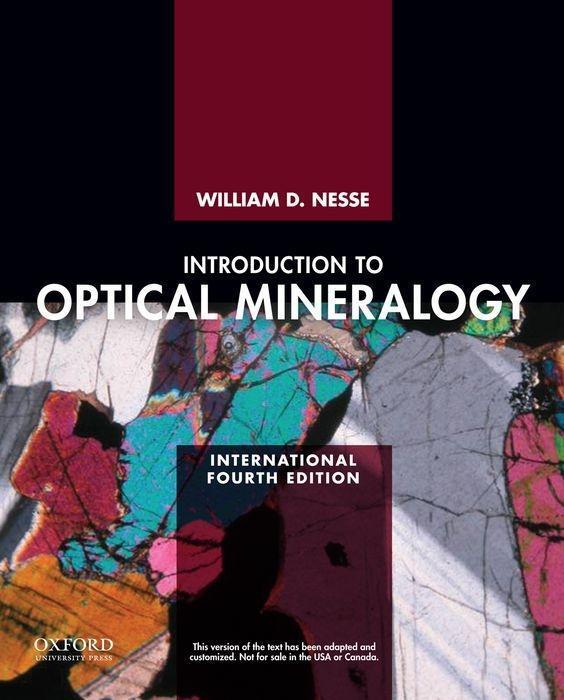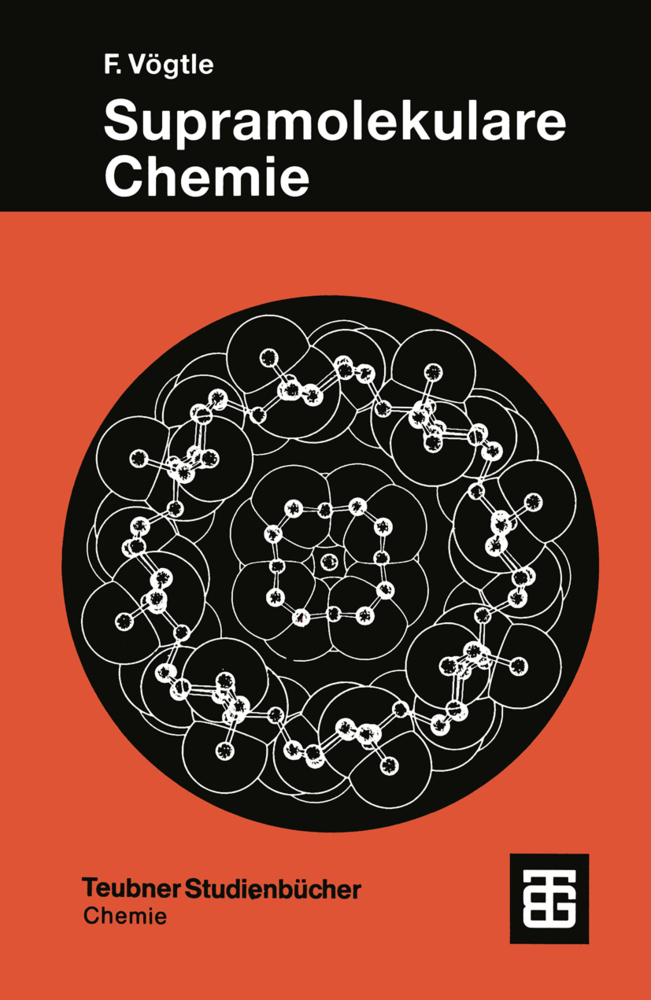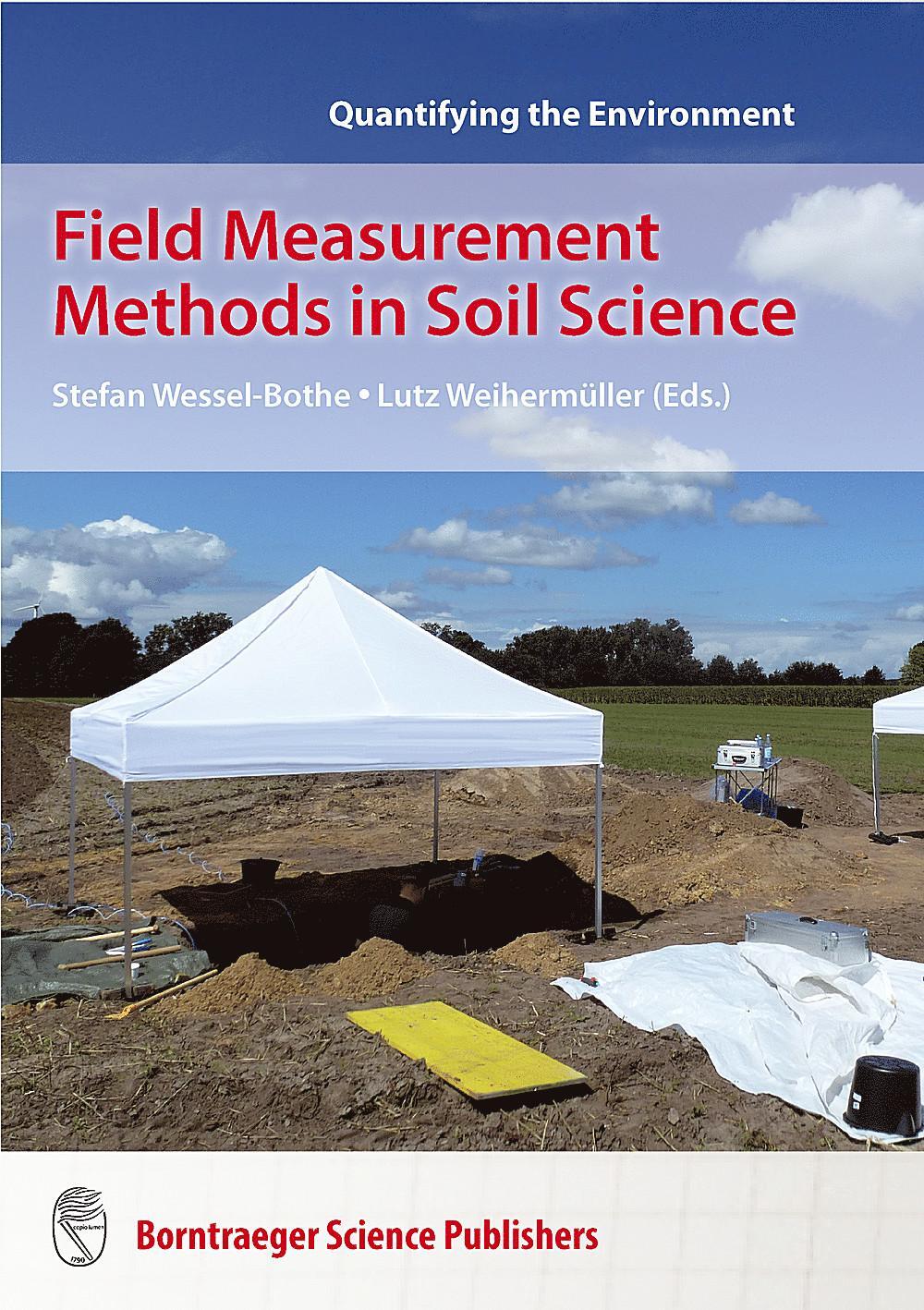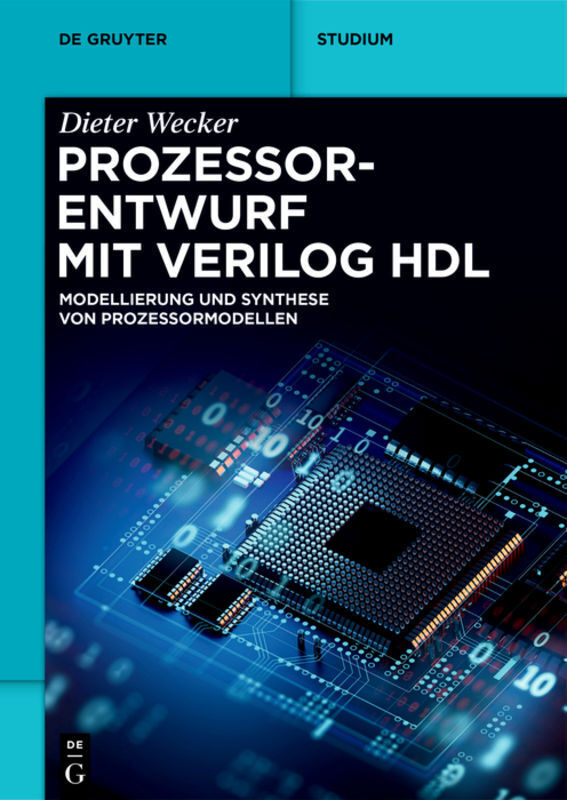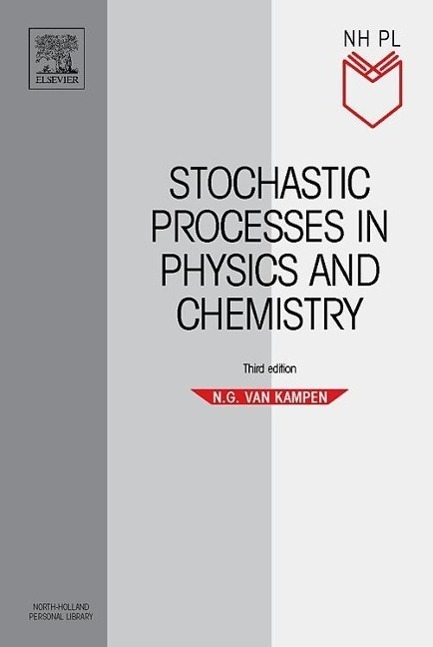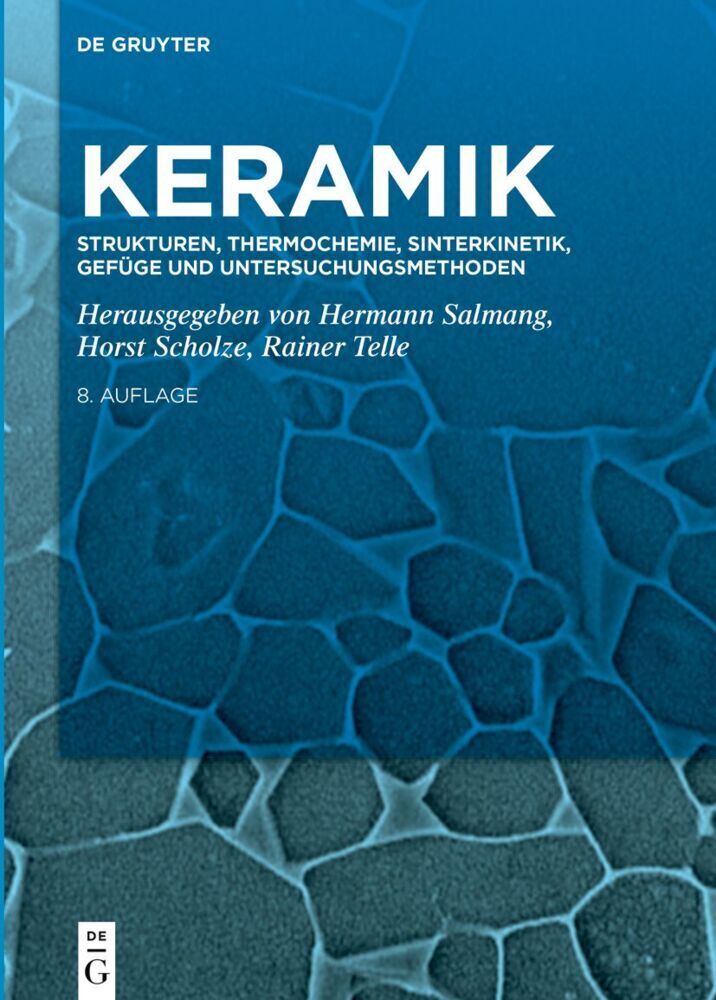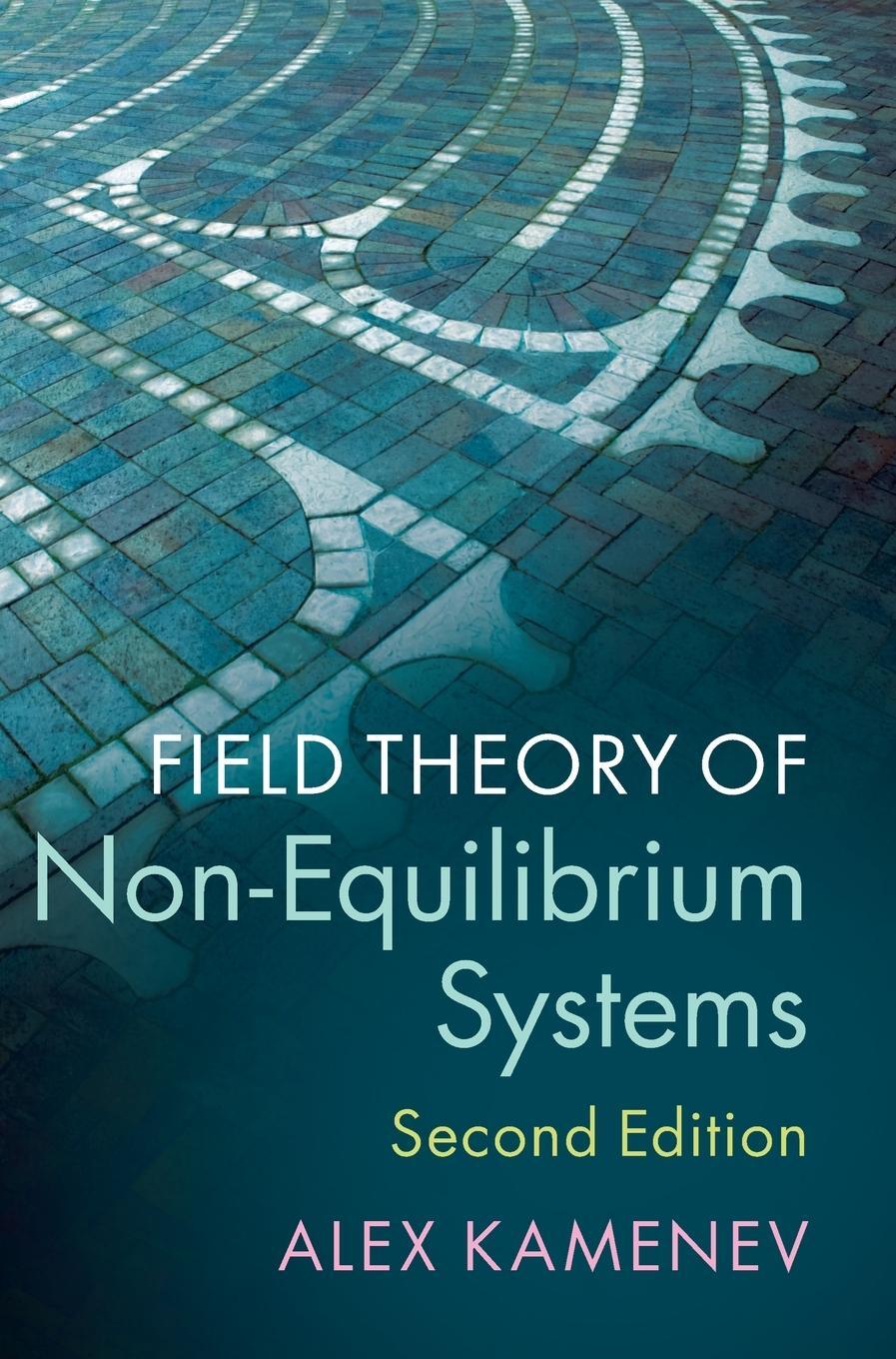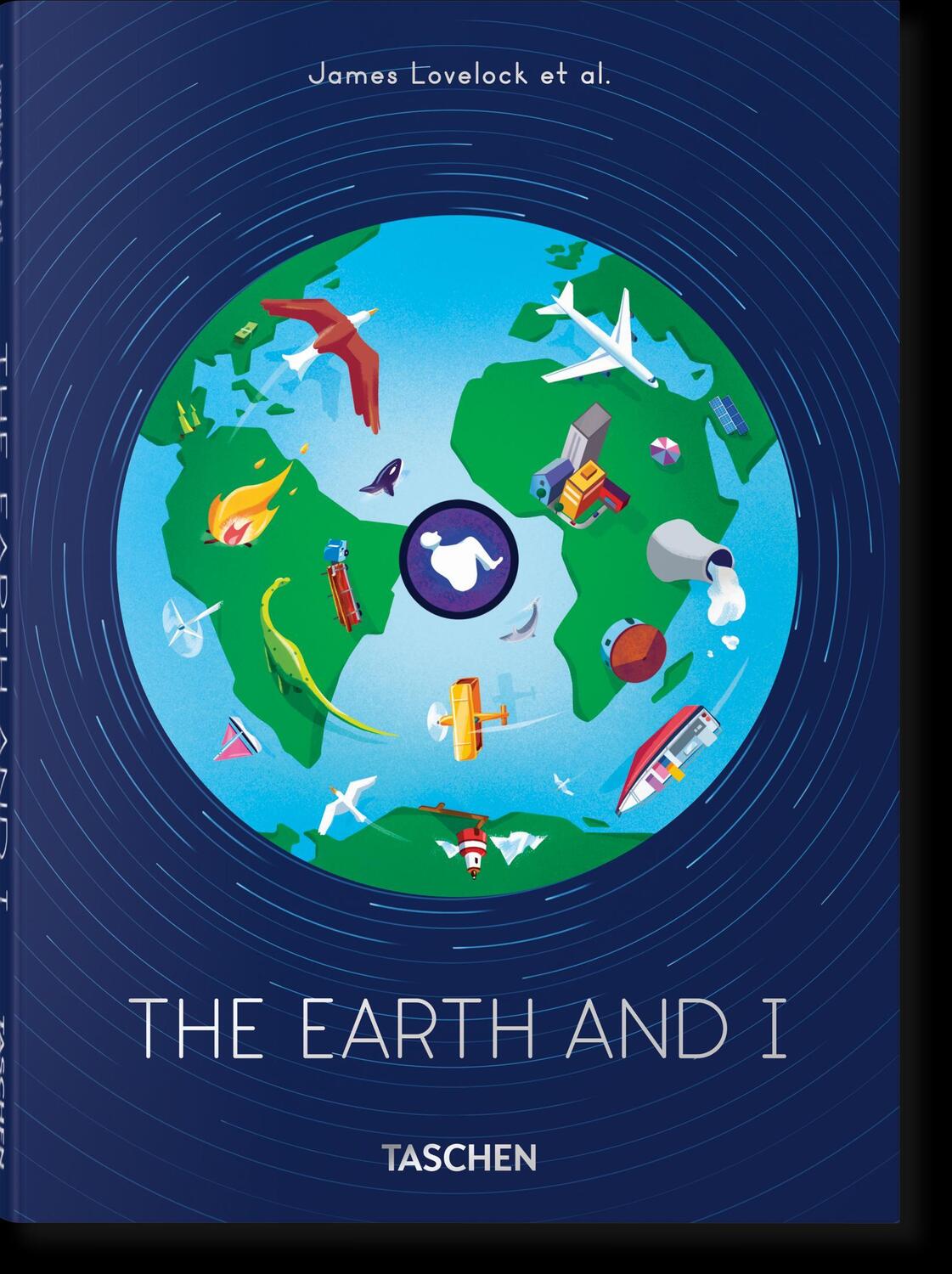Dekorationsartikel gehören nicht zum Leistungsumfang.
Sprache:
Englisch
162,95 €*
Versandkostenfrei per Post / DHL
Lieferzeit 1-2 Wochen
Kategorien:
Beschreibung
The fourth edition of Introduction to Optical Mineralogy has been thoroughly revised and updated to increase reading comprehension and improve the clarity of its illustrations. Ideal for advanced undergraduate and graduate courses in optical mineralogy, this accessible text is also an essential resource for petrology and petrography courses.
The fourth edition of Introduction to Optical Mineralogy has been thoroughly revised and updated to increase reading comprehension and improve the clarity of its illustrations. Ideal for advanced undergraduate and graduate courses in optical mineralogy, this accessible text is also an essential resource for petrology and petrography courses.
Über den Autor
William D. Nesse is Professor Emeritus in the Department of Earth Sciences at the University of Northern Colorado.
Inhaltsverzeichnis
- Chapter 1
- Light
- The Nature of Light
- Electromagnetic Radiation
- Phase
- The Perception of Color
- Interaction of Light and Matter
- Transmitted Light
- Velocity
- Index of Refraction
- Reflection
- Critical Angle and Total Internal Reflection
- Optical Class
- Optical Indicatrix
- Dispersion
- Light Absorption and Color
- Polarized Light
- Polarization by Double Refraction
- Polarization by Reflection
- Polarization by Scattering
- Chapter 2
- The Petrographic Microscope
- Direction Conventions
- Samples
- Illuminator
- Substage Assembly
- Microscope Stage
- Objective Lenses
- Epi-Illuminator
- Upper Polarizer
- Bertrand Lens
- Ocular
- Focusing Mechanism
- Accessories
- Additional Equipment
- General Care of the Microscope
- Adjustment of the Microscope
- Adjusting the Oculars
- Focusing
- Adjusting the Illuminator
- Centering the Objectives
- Adjusting the Substage
- Alignment of Polarizers
- General Considerations
- Chapter 3
- Refractometry
- Relief
- Becke Line Method
- Dispersion Effects
- Oblique Illumination Method
- Practical Considerations
- Accuracy of the Immersion Method
- Determining Indices of Refraction in Thin Section
- Chapter 4
- Optics of Isotropic Materials
- Isotropic Indicatrix
- Distinguishing Between Isotropic and Anisotropic Minerals
- Identification of Isotropic Minerals
- Grain Mount
- Thin Section
- Chapter 5
- Optics of Anisotropic Minerals: Introduction
- Interference Phenomena
- Monochromatic Illumination
- Retardation
- Birefringence
- Interference of the Two Rays
- Polychromatic Illumination
- Orders of Interference Colors
- Anomalous Interference Colors
- Determining Thickness of a Sample
- Thin Section
- Grain Mount
- Determining Birefringence from the
- Color Chart
- Thin Section
- Grain Mount
- Recognizing the Different Orders of
- Interference Colors
- Extinction
- Categories of Extinction
- Use of the Accessory Plates
- Sign of Elongation
- Relief
- Pleochroism
- Chapter 6
- Uniaxial Optics
- Optic Sign
- Crystallographic Considerations
- Uniaxial Indicatrix
- Use of the Indicatrix
- Birefringence and Interference Colors
- Extinction
- Tetragonal Minerals
- Hexagonal Minerals
- Rhombohedral Cleavage
- Prismatic and Pinacoidal Cleavage
- Pleochroism
- Interference Figure
- Optic Axis Interference Figure
- Formation of Isochromes
- Formation of Isogyres
- Determining Optic Sign
- Off -Center Optic Axis Figure
- Flash Figure
- Selecting Grains to Give Interference Figures
- Optic Axis Figure
- Flash Figure
- Determining Indices of Refraction
- Grain Mount
- Determining nv
- Determining ne
- Thin Section
- Spindle Stage
- Chapter 7
- Biaxial Optics
- Biaxial Indicatrix
- Mathematical Relationships
- Use of the Indicatrix
- Normal Incidence Parallel to an Indicatrix Axis
- Normal Incidence Parallel to an Optic Axis
- Normal Incidence In a Random Direction
- Inclined Incidence
- Crystallographic Orientation of Indicatrix Axes
- Orthorhombic Minterals
- Monoclininc Minerals
- Triclinic Minerals
- Biaxial Interference Figure
- Acute Bisectrix Figure
- Formation of Isochromes
- Vibration Directions and Formation of Isogyres
- Centered Optic Axis Figure
- Obtuse Bisectrix Figure
- Optic Normal Figure
- Off -Center Figures
- Selecting Grains to Produce Interference Figures
- Determining Optic Sign
- Acute Bisectrix Figure
- Obtuse Bisectrix Figure
- Optic Axis Figure
- Flash Figures
- Determining 2V
- 2V Versus 2E
- Mallard's Method
- Tobi's Method
- Kamb's Method
- Wright Method
- Pleochroism
- Extinction
- Orthorhombic Minerals
- Monoclinic Minerals
- Triclinic Minerals
- Sign of Elongation
- Indices of Refraction
- Grain Mount
- Spindle Stage
- Dispersion in Biaxial Minerals
- Orthorhombic Minerals
- Monoclinic Minerals
- Triclinic Minerals
- Chapter 8
- Reflected Light Optics
- Physical Properties Observed with Polished Sections
- Crystal Form and Habit
- Hardness
- Observation in Plane Polarized Light
- Reflectance
- Bireflectance
- Measurement of Reflectance and Bireflectance
- Color and Pleochroism
- Isotropic Minerals
- Anisotropic Minerals
- Observations with Crossed Polarizers
- Polarization Colors
- Isotropic Minerals
- Anisotropic Minerals
- Internal Reflection
- Observations Related to Conoscopic Illumination
- Practical Considerations
- Chapter 9
- Identification of Minerals
- Descriptive Features
- Cleavage
- Twinning
- Alteration
- Association
- Tactics for Mineral Identification
- Thin Section Identification
- Grain Mount Identification
- Polished Section Identification
- Use of the Identification Tables
- Nonminerals
- Problems in Paradise
- Inconsistencies in Crystallographic Settings
- Poor Data
- Chapter 10
- Framework Silicates
- Silica Group
- Quartz
- Chalcedony
- Tridymite
- Cristobalite
- Opal
- Volcanic Glass
- Feldspars
- Plagioclase
- Thin Section
- Grain Mount
- Alkali Feldspars
- Sanidine
- Orthoclase
- Microcline
- Adularia
- Anorthoclase
- Feldspathoids
- Nepheline
- Sodalite Group
- Leucite
- Cancrinite-Vishnevite
- Zeolites
- Analcime (Analcite)
- Natrolite
- Th omsonite
- Stilbite
- Chabazite
- Heulandite
- Laumontite
- Other Framework Silicates
- Scapolite
- Chapter 11
- Sheet Silicates
- TO Layer Silicates
- Kaolinite
- Serpentine
- TOT Layer Silicates
- Pyrophyllite
- Talc
- TOT + Interlayer Cation Layer Silicates
- Muscovite
- Biotite
- Lepidolite
- Glauconite
- Margarite
- Clintonite
- TOT + O Layer Silicates
- Chlorite
- Clay Minerals
- Other Sheet Silicates
- Stilpnomelane
- Prehnite
- Apophyllite
- Chapter 12
- Chain Silicates
- Pyroxenes
- Enstatite-Ferrosilite (Orthopyroxene)
- Pigeonite
- Calcic Clinopyroxene (Augite)
- Aegirine, Aegirine-Augite
- Omphacite
- Jadeite
- Spodumene
- Amphiboles
- Anthophyllite
- Gedrite
- Cummingtonite-Grunerite
- Tremolite-Actinolite-Ferro-actinolite
- Hornblende
- "Oxyhornblende"
- Kaersutite
- Richterite
- Arfvedsonite and Eckermannite
- Glaucophane-Riebeckite Series
- Pyroxenoids
- Wollastonite
- Rhodonite
- Pectolite
- Other Chain Silicates
- Sapphirine
- Chapter 13
- Disilicates and Ring Silicates
- Disilicates
- Lawsonite
- Pumpellyite
- Melilite
- Vesuvianite (Idocrase)
- Epidote Group
- Zoisite
- Clinozoisite-Epidote
- Piemontite
- Allanite
- Ring Silicates
- Tourmaline
- Axinite
- Beryl
- Cordierite
- Chapter 14
- Orthosilicates
- Olivine
- Monticellite
- Humite Group
- Garnet Group
- Andalusite
- Sillimanite
- Kyanite
- Staurolite
- Chloritoid
- Titanite (Sphene)
- Topaz
- Zircon
- Dumortierite
- Chapter 15
- Carbonates, Borates, Sulfates, and Phosphates
- Carbonates
- Calcite
- Magnesite
- Siderite
- Rhodochrosite
- Dolomite-Ankerite
- Aragonite
- Strontianite
- Witherite
- Malachite
- Azurite
- Borates
- Borax
- Colemanite
- Sulfates
- Barite
- Celestine...
Details
| Erscheinungsjahr: | 2014 |
|---|---|
| Fachbereich: | Theoretische Chemie |
| Genre: | Chemie |
| Rubrik: | Naturwissenschaften & Technik |
| Medium: | Taschenbuch |
| Seiten: | 384 |
| Inhalt: | Kartoniert / Broschiert |
| ISBN-13: | 9780199846283 |
| ISBN-10: | 0199846286 |
| Sprache: | Englisch |
| Einband: | Kartoniert / Broschiert |
| Autor: | Nesse, William |
| Hersteller: | Oxford University Press Inc |
| Maße: | 237 x 192 x 17 mm |
| Von/Mit: | William Nesse |
| Erscheinungsdatum: | 09.01.2014 |
| Gewicht: | 0,618 kg |
Über den Autor
William D. Nesse is Professor Emeritus in the Department of Earth Sciences at the University of Northern Colorado.
Inhaltsverzeichnis
- Chapter 1
- Light
- The Nature of Light
- Electromagnetic Radiation
- Phase
- The Perception of Color
- Interaction of Light and Matter
- Transmitted Light
- Velocity
- Index of Refraction
- Reflection
- Critical Angle and Total Internal Reflection
- Optical Class
- Optical Indicatrix
- Dispersion
- Light Absorption and Color
- Polarized Light
- Polarization by Double Refraction
- Polarization by Reflection
- Polarization by Scattering
- Chapter 2
- The Petrographic Microscope
- Direction Conventions
- Samples
- Illuminator
- Substage Assembly
- Microscope Stage
- Objective Lenses
- Epi-Illuminator
- Upper Polarizer
- Bertrand Lens
- Ocular
- Focusing Mechanism
- Accessories
- Additional Equipment
- General Care of the Microscope
- Adjustment of the Microscope
- Adjusting the Oculars
- Focusing
- Adjusting the Illuminator
- Centering the Objectives
- Adjusting the Substage
- Alignment of Polarizers
- General Considerations
- Chapter 3
- Refractometry
- Relief
- Becke Line Method
- Dispersion Effects
- Oblique Illumination Method
- Practical Considerations
- Accuracy of the Immersion Method
- Determining Indices of Refraction in Thin Section
- Chapter 4
- Optics of Isotropic Materials
- Isotropic Indicatrix
- Distinguishing Between Isotropic and Anisotropic Minerals
- Identification of Isotropic Minerals
- Grain Mount
- Thin Section
- Chapter 5
- Optics of Anisotropic Minerals: Introduction
- Interference Phenomena
- Monochromatic Illumination
- Retardation
- Birefringence
- Interference of the Two Rays
- Polychromatic Illumination
- Orders of Interference Colors
- Anomalous Interference Colors
- Determining Thickness of a Sample
- Thin Section
- Grain Mount
- Determining Birefringence from the
- Color Chart
- Thin Section
- Grain Mount
- Recognizing the Different Orders of
- Interference Colors
- Extinction
- Categories of Extinction
- Use of the Accessory Plates
- Sign of Elongation
- Relief
- Pleochroism
- Chapter 6
- Uniaxial Optics
- Optic Sign
- Crystallographic Considerations
- Uniaxial Indicatrix
- Use of the Indicatrix
- Birefringence and Interference Colors
- Extinction
- Tetragonal Minerals
- Hexagonal Minerals
- Rhombohedral Cleavage
- Prismatic and Pinacoidal Cleavage
- Pleochroism
- Interference Figure
- Optic Axis Interference Figure
- Formation of Isochromes
- Formation of Isogyres
- Determining Optic Sign
- Off -Center Optic Axis Figure
- Flash Figure
- Selecting Grains to Give Interference Figures
- Optic Axis Figure
- Flash Figure
- Determining Indices of Refraction
- Grain Mount
- Determining nv
- Determining ne
- Thin Section
- Spindle Stage
- Chapter 7
- Biaxial Optics
- Biaxial Indicatrix
- Mathematical Relationships
- Use of the Indicatrix
- Normal Incidence Parallel to an Indicatrix Axis
- Normal Incidence Parallel to an Optic Axis
- Normal Incidence In a Random Direction
- Inclined Incidence
- Crystallographic Orientation of Indicatrix Axes
- Orthorhombic Minterals
- Monoclininc Minerals
- Triclinic Minerals
- Biaxial Interference Figure
- Acute Bisectrix Figure
- Formation of Isochromes
- Vibration Directions and Formation of Isogyres
- Centered Optic Axis Figure
- Obtuse Bisectrix Figure
- Optic Normal Figure
- Off -Center Figures
- Selecting Grains to Produce Interference Figures
- Determining Optic Sign
- Acute Bisectrix Figure
- Obtuse Bisectrix Figure
- Optic Axis Figure
- Flash Figures
- Determining 2V
- 2V Versus 2E
- Mallard's Method
- Tobi's Method
- Kamb's Method
- Wright Method
- Pleochroism
- Extinction
- Orthorhombic Minerals
- Monoclinic Minerals
- Triclinic Minerals
- Sign of Elongation
- Indices of Refraction
- Grain Mount
- Spindle Stage
- Dispersion in Biaxial Minerals
- Orthorhombic Minerals
- Monoclinic Minerals
- Triclinic Minerals
- Chapter 8
- Reflected Light Optics
- Physical Properties Observed with Polished Sections
- Crystal Form and Habit
- Hardness
- Observation in Plane Polarized Light
- Reflectance
- Bireflectance
- Measurement of Reflectance and Bireflectance
- Color and Pleochroism
- Isotropic Minerals
- Anisotropic Minerals
- Observations with Crossed Polarizers
- Polarization Colors
- Isotropic Minerals
- Anisotropic Minerals
- Internal Reflection
- Observations Related to Conoscopic Illumination
- Practical Considerations
- Chapter 9
- Identification of Minerals
- Descriptive Features
- Cleavage
- Twinning
- Alteration
- Association
- Tactics for Mineral Identification
- Thin Section Identification
- Grain Mount Identification
- Polished Section Identification
- Use of the Identification Tables
- Nonminerals
- Problems in Paradise
- Inconsistencies in Crystallographic Settings
- Poor Data
- Chapter 10
- Framework Silicates
- Silica Group
- Quartz
- Chalcedony
- Tridymite
- Cristobalite
- Opal
- Volcanic Glass
- Feldspars
- Plagioclase
- Thin Section
- Grain Mount
- Alkali Feldspars
- Sanidine
- Orthoclase
- Microcline
- Adularia
- Anorthoclase
- Feldspathoids
- Nepheline
- Sodalite Group
- Leucite
- Cancrinite-Vishnevite
- Zeolites
- Analcime (Analcite)
- Natrolite
- Th omsonite
- Stilbite
- Chabazite
- Heulandite
- Laumontite
- Other Framework Silicates
- Scapolite
- Chapter 11
- Sheet Silicates
- TO Layer Silicates
- Kaolinite
- Serpentine
- TOT Layer Silicates
- Pyrophyllite
- Talc
- TOT + Interlayer Cation Layer Silicates
- Muscovite
- Biotite
- Lepidolite
- Glauconite
- Margarite
- Clintonite
- TOT + O Layer Silicates
- Chlorite
- Clay Minerals
- Other Sheet Silicates
- Stilpnomelane
- Prehnite
- Apophyllite
- Chapter 12
- Chain Silicates
- Pyroxenes
- Enstatite-Ferrosilite (Orthopyroxene)
- Pigeonite
- Calcic Clinopyroxene (Augite)
- Aegirine, Aegirine-Augite
- Omphacite
- Jadeite
- Spodumene
- Amphiboles
- Anthophyllite
- Gedrite
- Cummingtonite-Grunerite
- Tremolite-Actinolite-Ferro-actinolite
- Hornblende
- "Oxyhornblende"
- Kaersutite
- Richterite
- Arfvedsonite and Eckermannite
- Glaucophane-Riebeckite Series
- Pyroxenoids
- Wollastonite
- Rhodonite
- Pectolite
- Other Chain Silicates
- Sapphirine
- Chapter 13
- Disilicates and Ring Silicates
- Disilicates
- Lawsonite
- Pumpellyite
- Melilite
- Vesuvianite (Idocrase)
- Epidote Group
- Zoisite
- Clinozoisite-Epidote
- Piemontite
- Allanite
- Ring Silicates
- Tourmaline
- Axinite
- Beryl
- Cordierite
- Chapter 14
- Orthosilicates
- Olivine
- Monticellite
- Humite Group
- Garnet Group
- Andalusite
- Sillimanite
- Kyanite
- Staurolite
- Chloritoid
- Titanite (Sphene)
- Topaz
- Zircon
- Dumortierite
- Chapter 15
- Carbonates, Borates, Sulfates, and Phosphates
- Carbonates
- Calcite
- Magnesite
- Siderite
- Rhodochrosite
- Dolomite-Ankerite
- Aragonite
- Strontianite
- Witherite
- Malachite
- Azurite
- Borates
- Borax
- Colemanite
- Sulfates
- Barite
- Celestine...
Details
| Erscheinungsjahr: | 2014 |
|---|---|
| Fachbereich: | Theoretische Chemie |
| Genre: | Chemie |
| Rubrik: | Naturwissenschaften & Technik |
| Medium: | Taschenbuch |
| Seiten: | 384 |
| Inhalt: | Kartoniert / Broschiert |
| ISBN-13: | 9780199846283 |
| ISBN-10: | 0199846286 |
| Sprache: | Englisch |
| Einband: | Kartoniert / Broschiert |
| Autor: | Nesse, William |
| Hersteller: | Oxford University Press Inc |
| Maße: | 237 x 192 x 17 mm |
| Von/Mit: | William Nesse |
| Erscheinungsdatum: | 09.01.2014 |
| Gewicht: | 0,618 kg |
Warnhinweis

